Deep Sea Creatures You Would be astounded to See
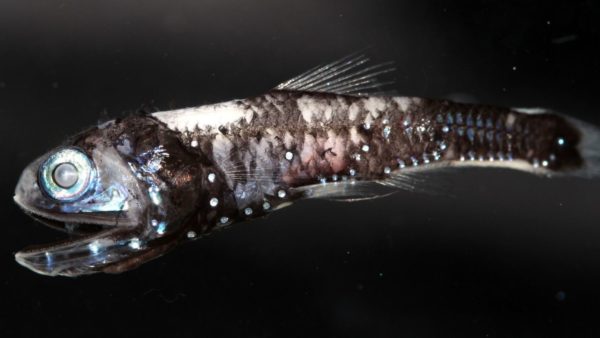
Source: Los Angeles Times
You must be familiar with many deep-sea creatures, some of which are dangerous while some of which are a bit strange in appearance.
Even the known animals such as Jellyfish show strange forms when taken down to their ecological niche.
Contents
- RECOMMENDED ARTICLE: https://fundly.com/pmay-subsidy-calculator-calculate-your-home-loan-subsidy https://fundly.com/what-are-the-factors-that-determines-home-loan-eligibility https://fundly.com/pmay-list-2020-21-check-pradhan-mantri-awas-yojana-list
Below we mention 10 deep-sea creatures that are extremely uncommon in their appearances
1. Benthic Ctenophores
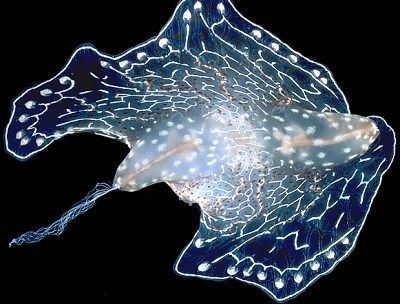
You might already know this animal which is also sometimes referred to as the “comb jellies”. These transparent vertebrates who usually swim with the help of their ripping cilia are commonly found deep in water.
However, there is sometimes when you wouldn’t see any cilia swimming through the water. Some species don’t even tend to have a Celia, and they crawl along the floor of the sea.
Containing two large horns, they have a shape similar to that of the slug as well as a pair of bunny ears. Each horn of these animals is fitted with large extendable tentacles which are used for numerous purposes.
Some variety of these deep-sea creatures is known even to contain camouflaged colors while some spend their life sticking to the back of starfish.
2. Hooded Nudibranchs
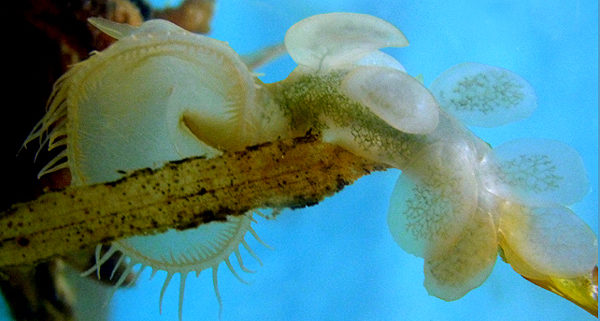
The hooded or “lion” nudibranchs resembles the Venus flytraps of the ocean slug world, their colossal mouths lined with tooth-like sticky arms.
Commonly found sticking to the ocean weed, these deep-sea creatures have bodies practically imperceptible to certain small fish and shrimps who may wind up being caught in the vast trap.
Unusually, these slugs are additionally said to possess a scent similar to that of the flower when pulled from the water.
3. Helmet Jellyfish
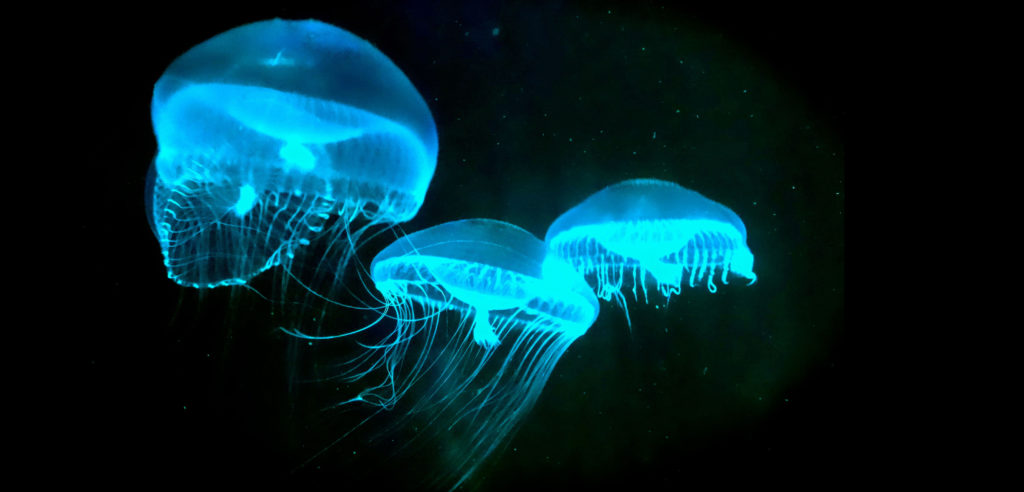
Instead of having long threadlike tentacles at the back, helmet jellyfish are known to contain thicker as well as stiffer tentacles in front of it as it swims.
These animals tend to capture small fishes, and then they swing them back into the digestive system. These are one of those deep-sea creatures that are generally present at a distance of more than 1000 meters, but they usually come up on the surface and can be found off some coasts.
Their red, as well as purple color, is known to keep jellyfish invisible to most people and especially predators.
4. Xyloplax
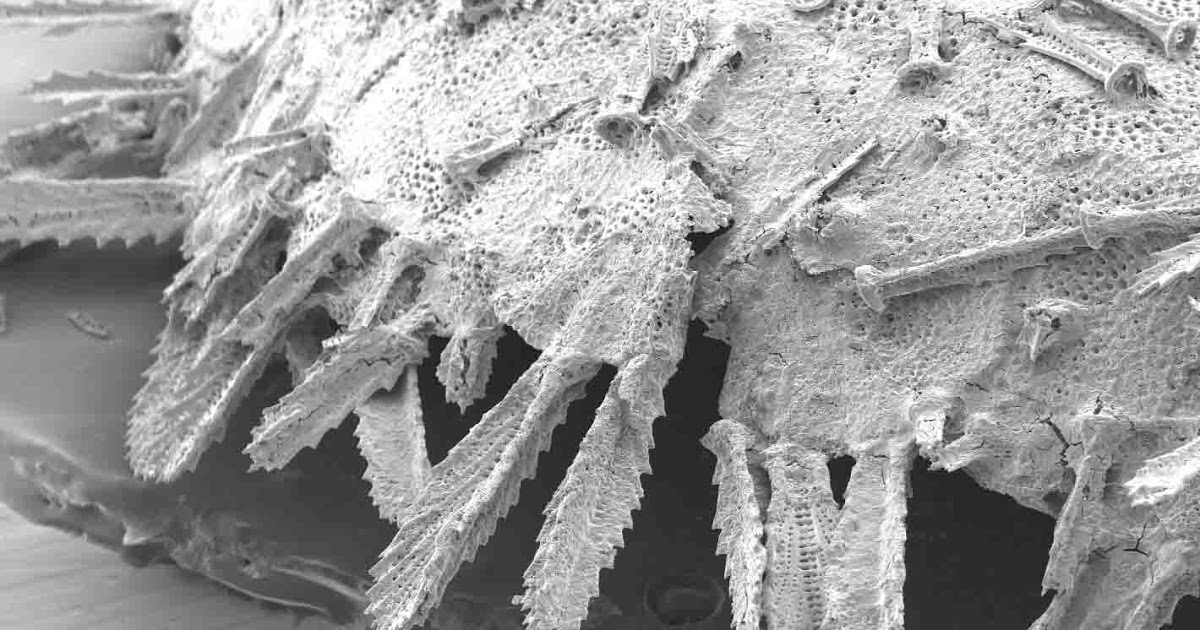
Seeing a starfish over a tree is something that you probably won’t imagine. Called as the sea daisies, Xyloplax is somewhat of a tiny star-shaped fish with a spine resembling that too of cartoon petals.
You can find these deep-sea creatures about 1000 feet down in the sea.
5. Petrotrachea
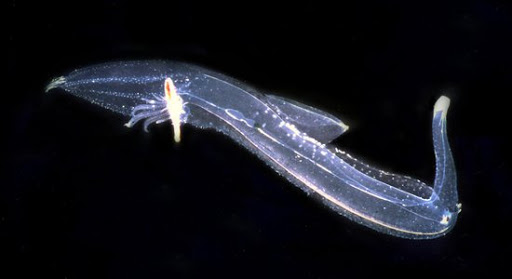
Can you imagine a giant sausage with eyes and a horn on top? Yes, this is a type of gastropod which is also called the “sea elephant.” These are beautiful little creatures that appear like a swimming snail with a small shell on top.
However, unlike most of the prey, petrotrachea does have a strong vision. Its telescope-like eyes are known to find even the tiniest prey in the water which sucks through its trunk.
These deep-sea creatures can also swim backward and hence can surprise their prey at any time.
6. Ramysillis

While it is a close competition, these deep-sea creatures may possess one of the most strange structures seen in an animal kingdom.
Like an inversion of the legendary Hydra, it has only one head, yet with an apparently boundless number of winding bodies branching out of the main structure, looking like a system of fragmented, shaggy roots.
The head of this sea sponge can be found at the center of the body, while its numerous bodies spread all through the gaps and passages of the sponge host.
Whether this relationship is parasitic or commonly advantageous isn’t sure. However, the two animals may offer protection to each other
7. Dolphin Barnacles
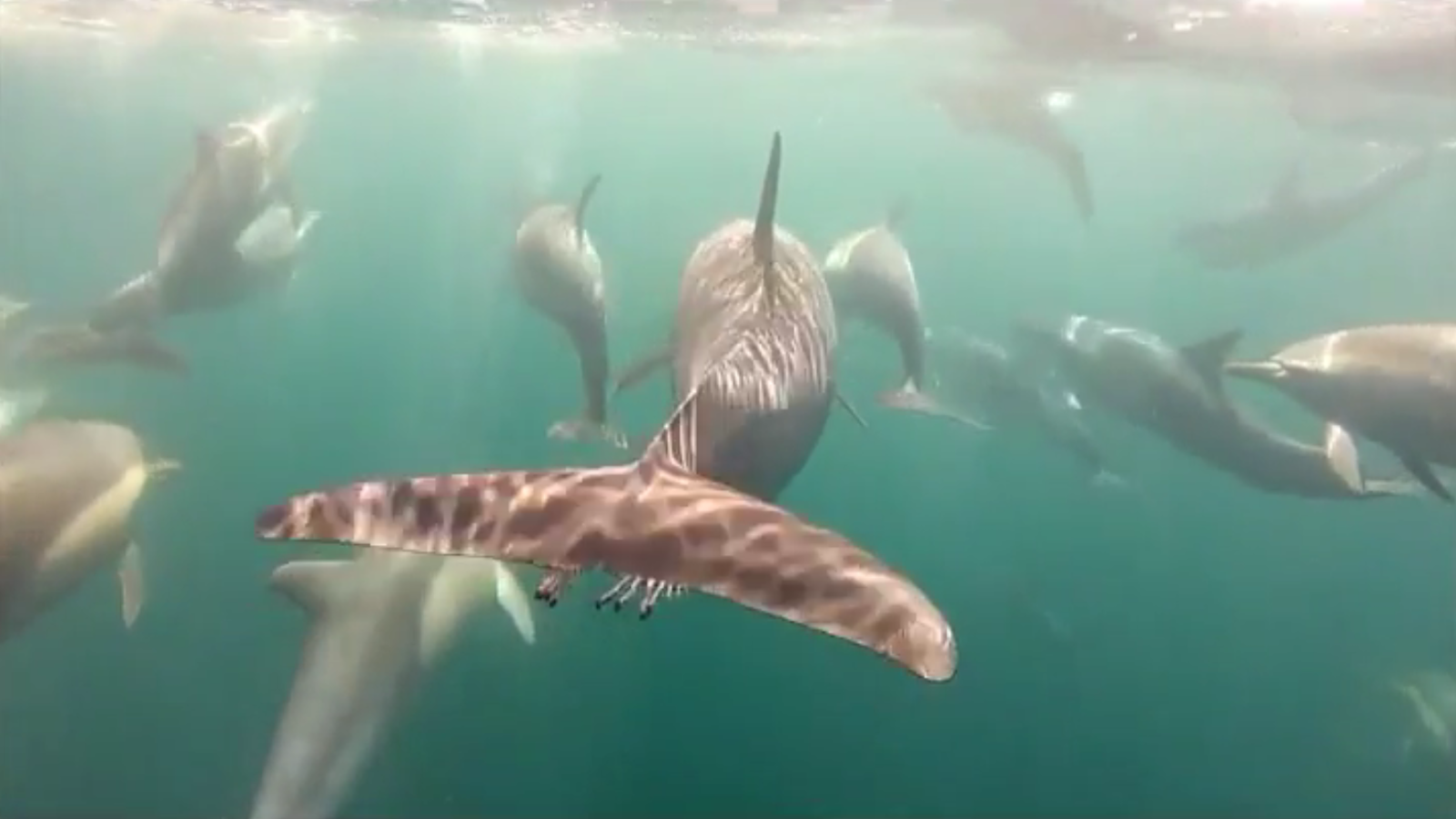
Being stable scavengers, most barnacles develop on stationary rocks or large moderate moving creatures such as whales and turtles. However, a few varieties of these can be found to be attached to the body of fast-moving dolphins.
Their long, vile, leech-like bodies trail behind the host even as it jumps and plunges through the water, a thickly pointed mooring organ implanted genuinely somewhere down in the dolphin’s skin.
Like most barnacles, it just feeds on tiny fish found in the water, yet it experiences the inconvenience of attaching itself for its own safety.
8. Stalked Jellyfish
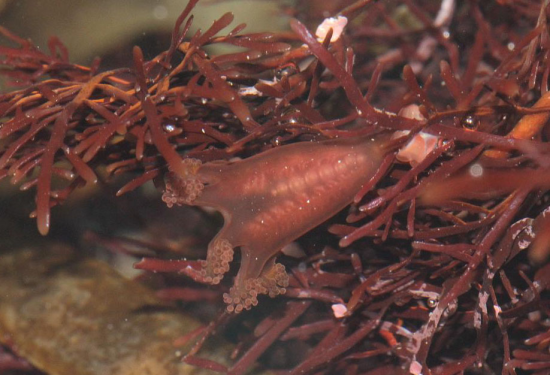
We already have talked about a jellyfish that uses crawling instead of swimming; however, that was the comb jellyfish.
Stalked Jellyfish who is also known as the Stauromedusae is a group of jellyfish that has given up swimming while at the same time has adopted living styles similar to that of corals.
On the top of the heads of the corals is the bell-shaped stalk which consists of a powerful sucker allowing this animal to cling to structures such as rock and then wave their open mouths in the water.
This property can also be seen in the slug. Each arm of this animal is known to contain eight pom-poms which it utilizes for holding the prey. When it plans on moving, then this animal tends to tumble along with its head, and using its arms moves forward.
These deep-sea creatures can even detach themselves and allow can move along the ocean current.
9. Ribbon Worms
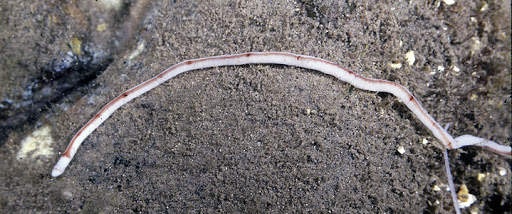
These deep-sea creatures are one of the scariest creatures that you would ever come across in your entire life. These animals are not only found in the ocean but can frequently be seen on grounds.
Most of the varieties of these animals are known to possess carnivorous properties and are usually known to kill their prey with a poisonous sting.
Some of these animals are known to consume their prey with the help of a process called the projectile proboscis while some of their varieties are known to open their mouth so big that they can actually consume anything which is larger than them.
10. Christmas Tree Worms
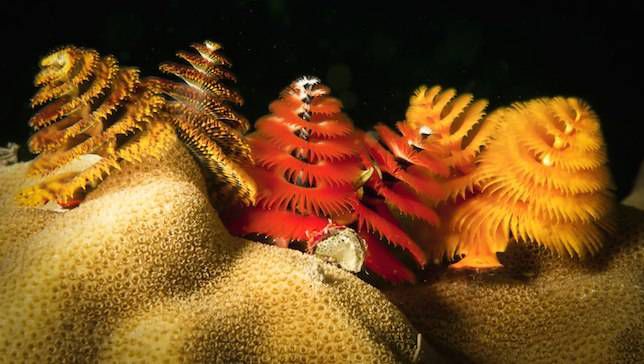
These are filter-feeding worms that are known to live in a sealed tubular tunnel that has been extracted from a rock or a coral. The worms which we can see are the animals that contain complex sorts of lips for trapping plankton.
These feeding appendages possessed by them are known to execute the same function as that seen in the animal gills. These sea creatures are also known to possess light-sensitive cells that allow them to see.
So, above were the top weird and creepy deep-sea creatures. Now you know weird beings do not only exist on the land but also deep in the sea.








